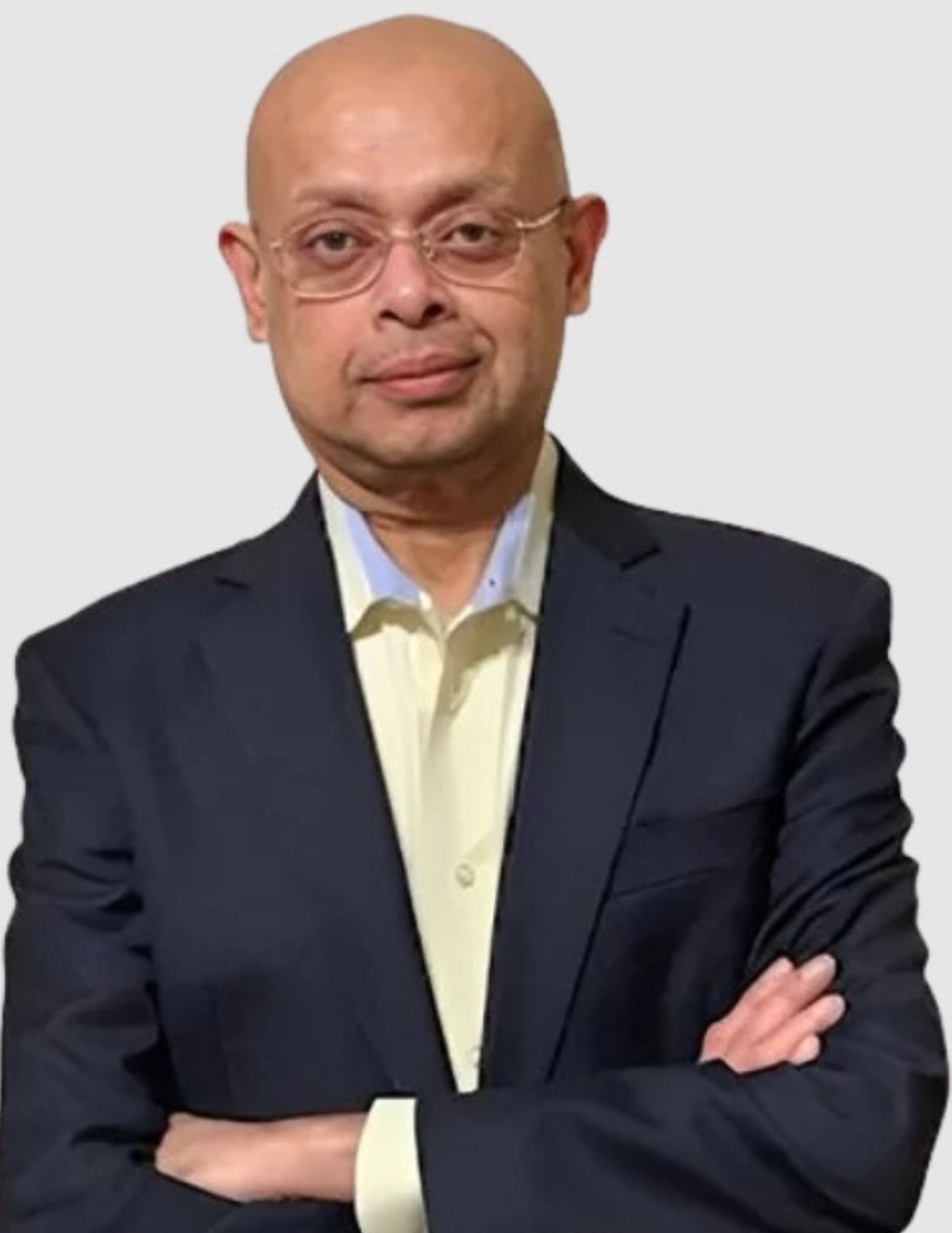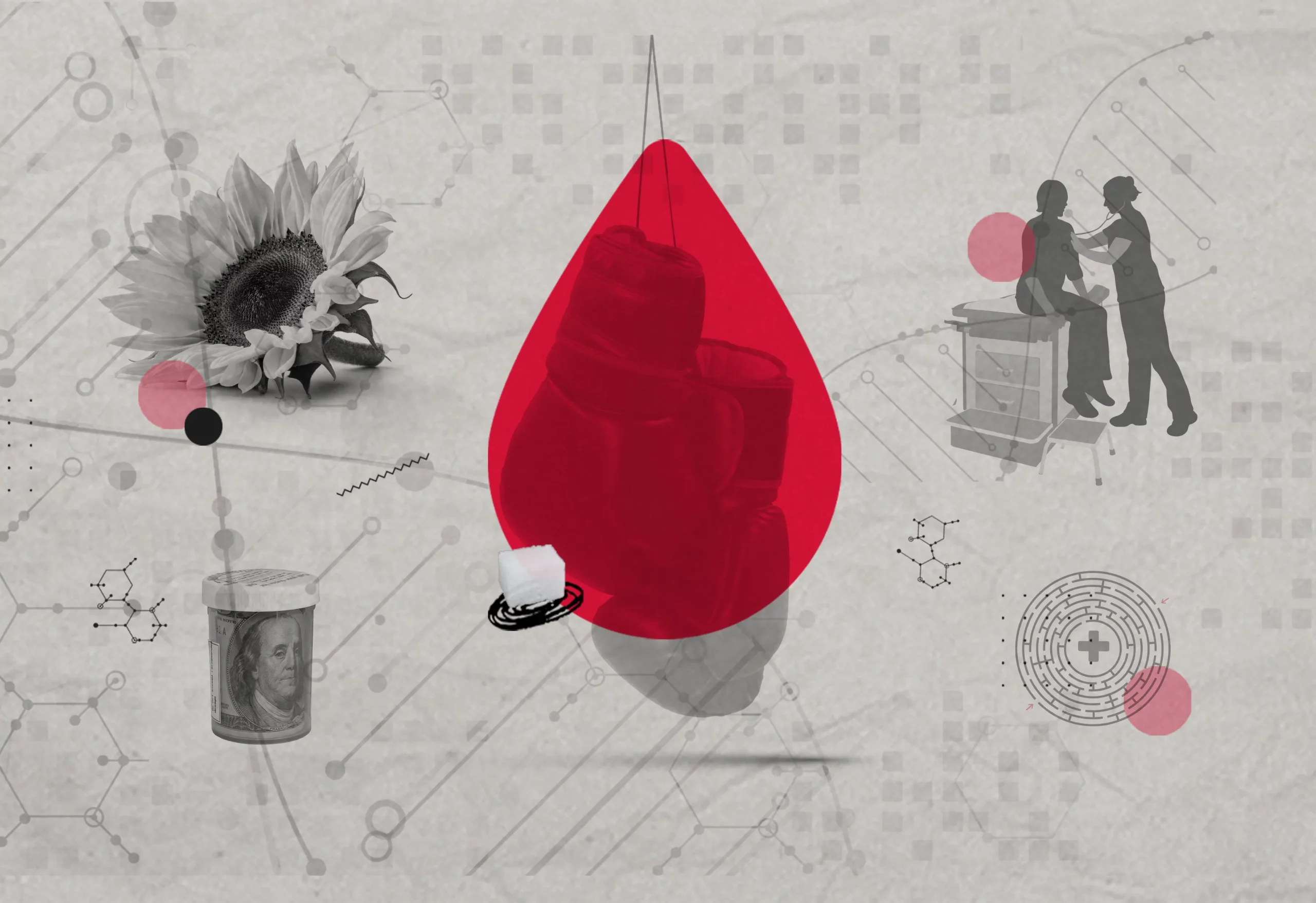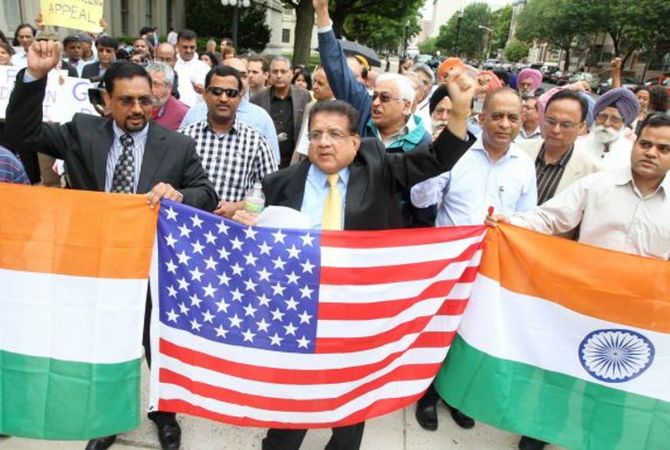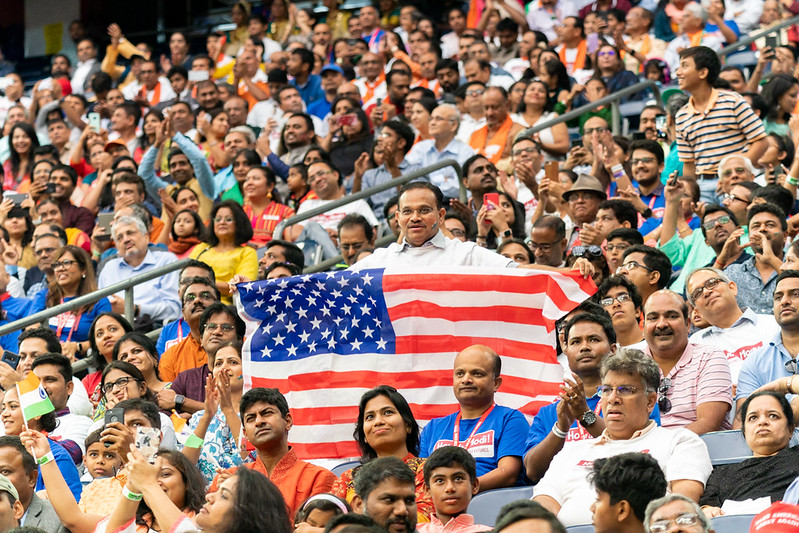 Dr. Indranill Basu-Ray is a Cardiac Electrophysiologist and a Professor of Cardiology and Public health, based in Memphis, Tennessee, USA. He is the Founder Chairman of American Academy for Yoga in Medicine.
Dr. Indranill Basu-Ray is a Cardiac Electrophysiologist and a Professor of Cardiology and Public health, based in Memphis, Tennessee, USA. He is the Founder Chairman of American Academy for Yoga in Medicine.
Finding time to care for our health can feel impossible in our fast-paced world. Busy schedules and unhealthy routines can leave us stressed and out of balance. That’s where yoga comes in—a holistic exercise that keeps our bodies flexible, our minds calm, and our spirits energized. Yoga provides a sanctuary of peace amidst the chaos, offering a path to inner harmony and well-being.
What is Yoga?
Yoga is an ancient practice that started in India over 5,000 years ago. It was developed to connect the mind, body, and soul, helping individuals reach a state of enlightenment. Today, yoga is popular worldwide to improve overall health and manage stress. It goes beyond the physical, touching every aspect of our lives and promoting peace and balance.
What Makes Yoga Unique?
- Holistic Approach: Yoga integrates physical postures, breathing exercises, and meditation to promote overall well-being.
- Accessibility: It can be practiced by people of all ages and fitness levels.
- Picture: Canva Regular practice reduces stress and anxiety, fostering mental clarity and calmness.
- Flexibility and Strength: Enhances physical strength, flexibility, and balance.
- Mind-Body Connection: Encourages a deeper awareness of the body and mind, promoting mindfulness in daily activities.
International Yoga Day
International Yoga Day is celebrated every year on June 21. This special day highlights the importance of yoga and encourages people worldwide to practice it. It’s a global event that brings together yoga enthusiasts from all walks of life, celebrating yoga’s positive impact on our physical, mental, and spiritual well-being. Yoga Day is a reminder of the ancient practice’s enduring relevance and ability to transform lives.
History and Importance of International Yoga Day
Proposed by India’s Prime Minister Narendra Modi in 2014, International Yoga Day was first celebrated on June 21, 2015. The date, the longest day of the year, symbolizes the light and energy that yoga brings into our lives. This day promotes yoga’s mental and physical health benefits and fosters a sense of global unity and peace.
How International Yoga Day Contributes to Yoga Development
- Global Awareness: Raises awareness about the benefits of yoga.
- Community Building: Brings people together to practice and celebrate yoga.
- Educational Events: Features workshops and sessions that educate people about yoga.
- Encouragement: Inspires individuals to incorporate yoga into their daily lives for improved well-being.
Yoga’s Popularity and Benefits in Numbers
Yoga’s popularity continues to grow globally, supported by various studies and statistics:
- Global Reach: Approximately 300 million people practice yoga worldwide, with over 36 million practitioners in the United States alone.
- Health Benefits: Scientific studies show that yoga can reduce stress, lower blood pressure, improve heart health, and enhance mental clarity.
- Regular Practice: About 37% of yoga practitioners have been practicing for five years or more, indicating long-term commitment and benefits.
- Physical Fitness: Yoga improves flexibility, strength, and balance, with 86% of practitioners citing physical fitness as their main reason for practicing.
- Mental Health: Yoga significantly reduces anxiety and depression, with 43% of practitioners stating it helps them manage mental health issues.
The Theme of International Yoga Day 2024
The theme for 2024 is “Yoga for Women Empowerment.” This theme aims to raise awareness about yoga’s benefits for women and encourage individuals to incorporate yoga into their daily lives for improved well-being. It emphasizes the role of yoga in promoting physical, mental, and emotional health, empowering women to lead balanced and fulfilling lives.
How to Celebrate International Yoga Day
- Join a Virtual Event: Participate in online yoga classes and workshops.
- Go on a Yoga Retreat: Spend time focusing on yoga and relaxation.
- Practice with Family and Friends: Gather loved ones and practice yoga together.
- Learn a New Pose: Challenge yourself with a new yoga pose.
- Create a Yoga Space at Home: Set up a special place for your yoga practice.
Basic Rules for Practicing Yoga
- Empty Stomach: Practice yoga on an empty stomach for comfort and effectiveness.
- Start Slowly: Begin with simple poses and gradually move to more challenging ones.
- Relax Before You Start: Take 10 minutes to relax your mind and body before beginning.
- Wear Comfortable Clothes: Choose comfortable, light-colored clothes.
- Use a Yoga Mat: Practice on a mat for support and cushioning.
- Morning Practice: Doing yoga in the morning can help you feel energized all day.
- Stay Regular: Practice yoga daily for the best results.
Family Yoga Practice
Yoga with your family strengthens your bonds and creates a peaceful and fun routine. Here’s why you should try family yoga:
- Increases Mutual Understanding: Spending time together through yoga fosters love and respect.
- Strengthens Bonds: Helps you understand and support each other.
- Encourages Open Communication: Yoga creates a safe space for honest conversations.
- Starts the Day Fresh: Relieves mental fatigue and energizes you.
- Inculcates Healthy Habits: Promotes good habits like punctuality and empathy.
Yoga is a wonderful practice that improves flexibility, reduces stress, boosts immunity, and much more. Whether you’re a beginner or an experienced yogi, let’s roll out our mats this International Yoga Day and embrace the benefits of yoga! Let’s make this day a celebration of health, peace, and unity.



